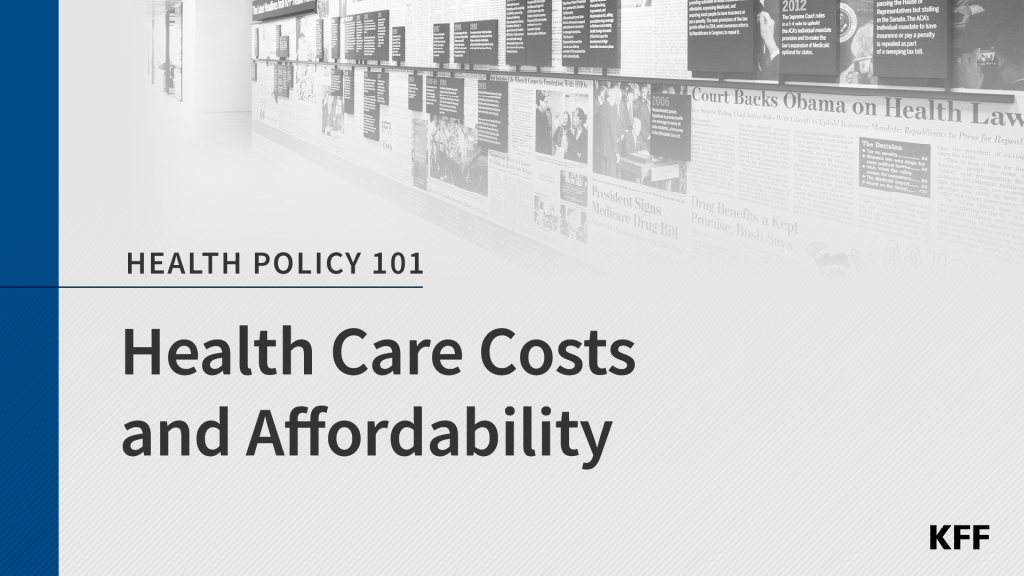Although a Small Share of Medicare Part D Enrollees Take Specialty Drugs, A New Analysis Finds Those Who Do Can Face Thousands of Dollars in Out-of-Pocket Drug Costs Despite Plan Limits on Catastrophic Expenses
Some Medicare Part D enrollees can expect to pay thousands of dollars out-of-pocket for a single specialty drug in 2016, even though Part D plans provide substantial protection against catastrophic costs, according to a new analysis from the Kaiser Family Foundation.
